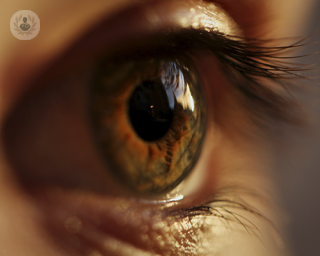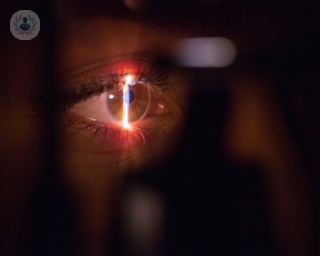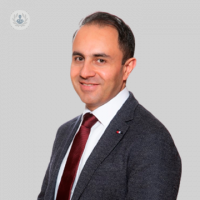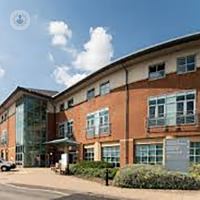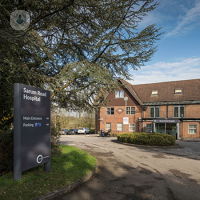Selective laser trabeculoplasty (SLT)
Ms Lina Osman - Ophthalmology
Created on: 11-28-2019
Updated on: 12-22-2023
Edited by: Karolyn Judge
What is selective laser trabeculoplasty (SLT)?
Selective laser trabeculoplasty (SLT) is a type of laser surgery used to reduce intraocular pressure in the eye for patients with glaucoma. It is very effective and can be used as either an initial treatment or an additional treatment alongside eye drops and medications. The effects of selective laser trabeculoplasty are not permanent, however, and usually last between 3-5 years. Symptoms can be controlled with repeat treatment if needed.
Who is a candidate for this procedure?
If you suffer from primary or secondary open-angle glaucoma and you need to lower the intraocular pressure build up in your eye, then this surgery might be right for you. It is normally offered to people when eye drop medications aren’t working as well or are causing unwanted side-effects.
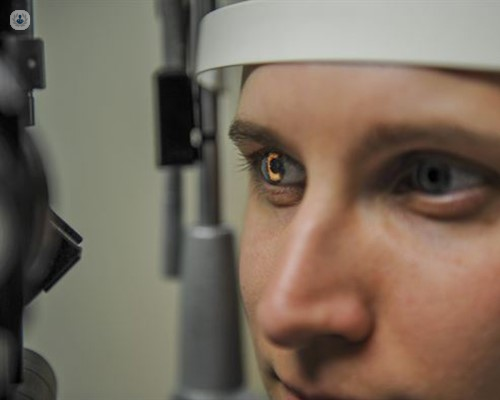
How does selective laser trabeculoplasty work?
SLT treatment is carried out as a day-case procedure. A laser is applied to the drainage system in the affected eye through a special contact lens. The energy from the laser stimulates a biochemical change that releases pressure in the eye by allowing fluid to drain more effectively.
What are the risks and complications?
In comparison to other glaucoma treatments and medications, selective laser trabeculoplasty has fewer side-effects and an excellent benefit-to-risk profile. Inflammation in the eye is expected following surgery but this should subside during recovery. Some patients, typically around 5 per cent, experience IOP elevation (increased eye pressure) however, this can be managed with medications and often goes after a day or two.
What are the alternatives?
There are other laser eye treatments which are similar to selective laser trabeculoplasty, such as:
- Argon laser trabeculoplasty (ALT) — a thermal laser heats up areas of the eye’s drainage system to assist with the flow of fluid. This procedure sometimes results in more scarring in comparison to SLT.
- Micropulse laser trabeculoplasty (MLT) — small pulses of energy are directed at the ocular tissues to improve the draining of fluid. MLT has similar side-effects to SLT, in that it results in less inflammation and scarring.
Which specialist performs selective laser trabeculoplasty?
A specialist trained in performing this procedure is an ophthalmologist.

